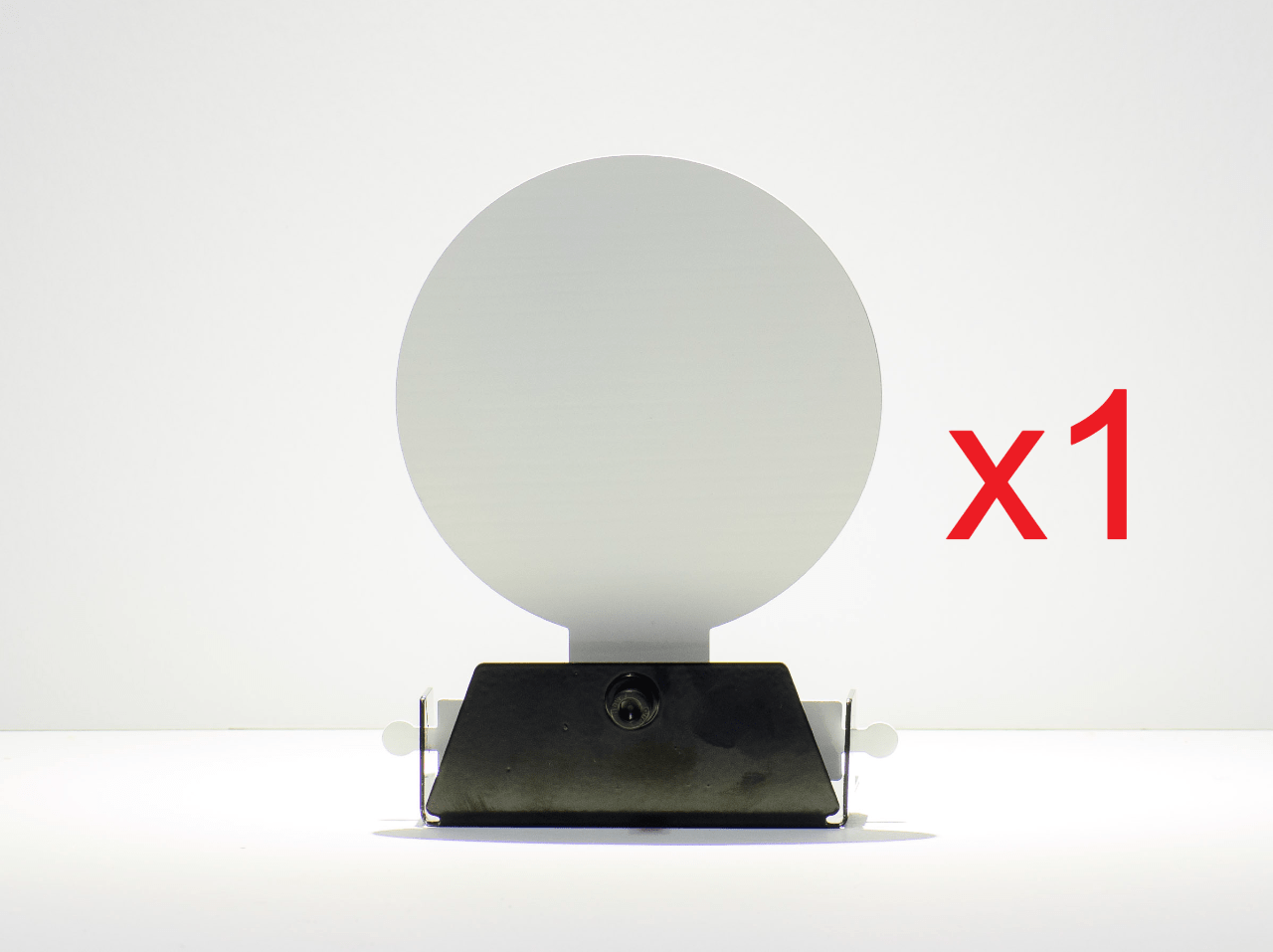Introduction
In the world of shooting sports, IPSC (International Practical Shooting Confederation) is a popular and thrilling discipline that checks the speed, accuracy, and mental agility of rivals. One of the crucial elements in IPSC is the reliable usage of targets. These targets play a vital function in tough shooters and creating a vibrant and interesting experience. In this article, we will explore the psychology behind effective IPSC targets, taking a look at how they impact the shooter's efficiency and total competitors experience.
The Importance of IPSC Targets
IPSC targets are not mere notepads or cardboard. They are carefully developed to imitate real-life situations, making shooters respond quickly and make split-second decisions. Reliable IPSC targets are important for producing a difficult environment that evaluates both physical skills and psychological fortitude.
Enhancing Concentration and Focus
IPSC targets are tactically positioned to demand consistent attention from shooters. By presenting different shapes, sizes, and scoring zones, these targets force competitors to focus on their strategy, precision, and sight positioning. This extreme focus helps shooters develop an increased level of concentration that can be transferred to other areas of life.
Building Decision-Making Skills
In IPSC competitors, shooters face several targets with various scoring zones. To maximize their points while decreasing time penalties, rivals need to make quick decisions on which target to engage very first and where to aim specifically. This decision-making procedure under pressure boosts crucial believing abilities and trains people to analyze situations rapidly.
Testing Response Time
IPSC targets typically include moving or vanishing elements to simulate real-world scenarios where hazards might be dynamic or fleeting. By engaging with these reactive targets, shooters train their reflexes and develop their capability to react swiftly to changing situations. The busy nature of IPSC competitions challenges participants to make split-second choices while preserving accuracy.
The Design Principles Behind Reliable IPSC Targets
To really comprehend the psychology behind efficient IPSC targets, it is important to analyze the design principles that make them impactful. Here are some essential aspects that add to developing engaging and challenging IPSC targets:
Clear Scoring Zones
Effective IPSC targets have plainly defined scoring zones, which are generally represented by different shapes and colors. These zones require shooters to intend precisely and strike particular locations to optimize their score. By supplying instant feedback on shot placement, these targets assist shooters enhance their accuracy and establish muscle memory.
Varying Problem Levels
IPSC competitors accommodate shooters of all skill levels, from novices to experienced specialists. Reliable targets ought to accommodate this range by using differing difficulty levels. This makes sure that competitors are appropriately challenged while still supplying a sense of achievement and progression.
Realistic Shapes and Sizes
To mimic airsoft electronic target system real-life situations, effective IPSC targets frequently feature sizes and shapes that mirror potential hazards or barriers. By introducing these components, shooters need to adapt their shooting techniques to engage with targets representing different objects or individuals. This adds a component of realism and unpredictability to the competition.
Reactive Elements
Static targets can only offer minimal challenges. Effective IPSC targets include reactive elements such as moving parts or disappearing sections, mimicking real-world characteristics. Shooters must rapidly determine and engage these reactive components, enhancing their capability to react promptly while preserving accuracy.
FAQs about Efficient IPSC Targets
Q: Why are IPSC targets made of paper or cardboard?- A: Paper and cardboard are economical products that offer appropriate resistance for bullet impact while permitting simple scoring.
- A: Yes, IPSC has stringent guidelines for target positioning to make sure fairness and security for all competitors.
- A: Yes, different divisions within IPSC might have particular requirements for targets based on the guns utilized and the level of competition.
- A: Yes, lots of makers provide adjustable IPSC targets to match private training needs and mimic particular scenarios.
- A: The challenging nature of IPSC targets forces shooters to conquer stress, pressure, and interruptions, eventually building mental resilience.
- A: Safety is critical in IPSC. Targets must be positioned in such a way that minimizes prospective hazards and guarantees a safe shooting environment.
Conclusion
Effective IPSC targets are not simply stationary objects; they have an extensive influence on the psychology of shooters. By improving concentration, building decision-making abilities, and testing reaction time, these targets create an engaging and tough experience for rivals. Understanding the style principles behind efficient IPSC targets allows us to appreciate their function in forming the frame of mind and efficiency of shooters in this thrilling discipline. So, whether you're a skilled shooter or someone thinking about exploring the world of competitive shooting, the psychology behind effective IPSC targets uses important insights into this dynamic sport.
